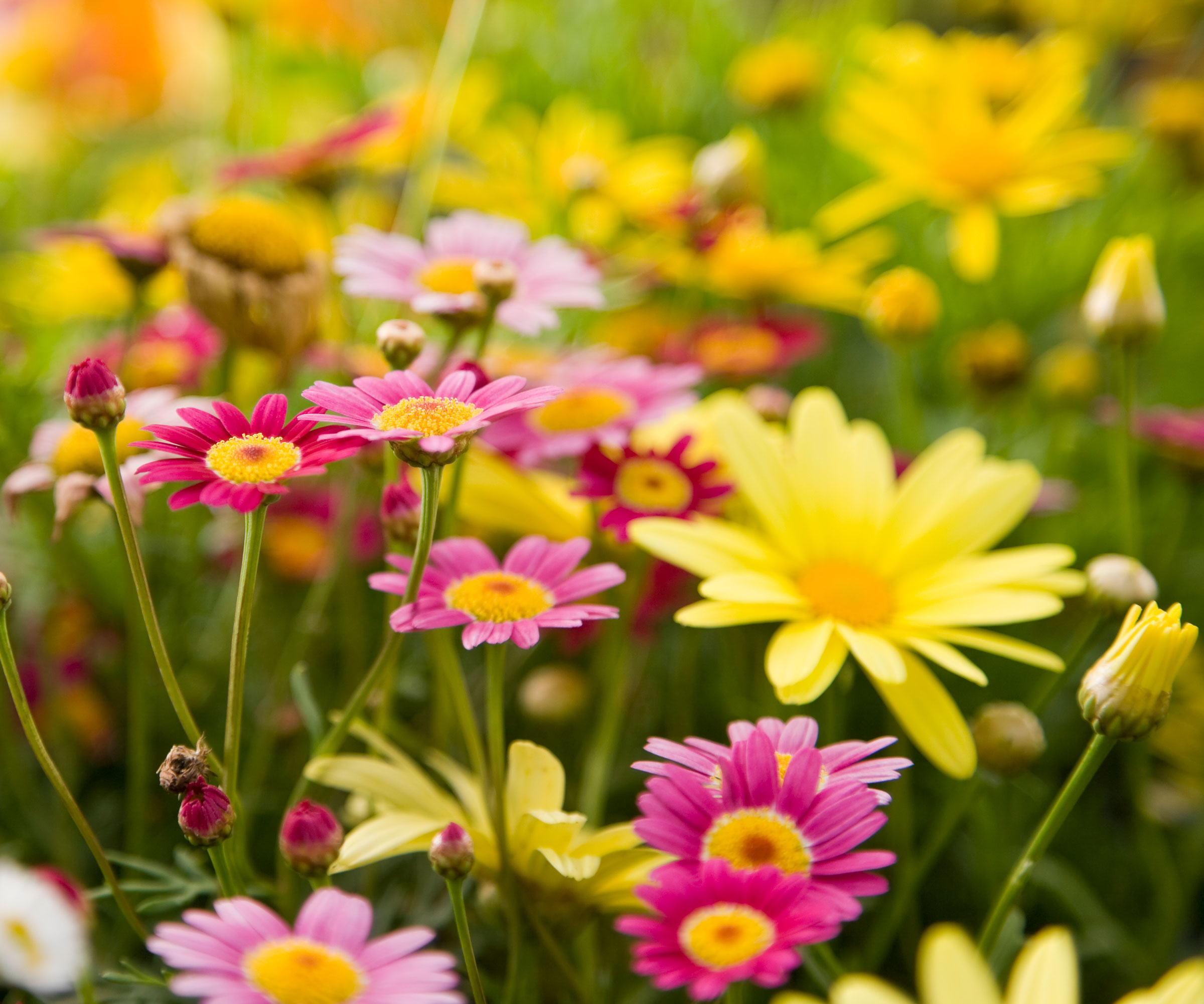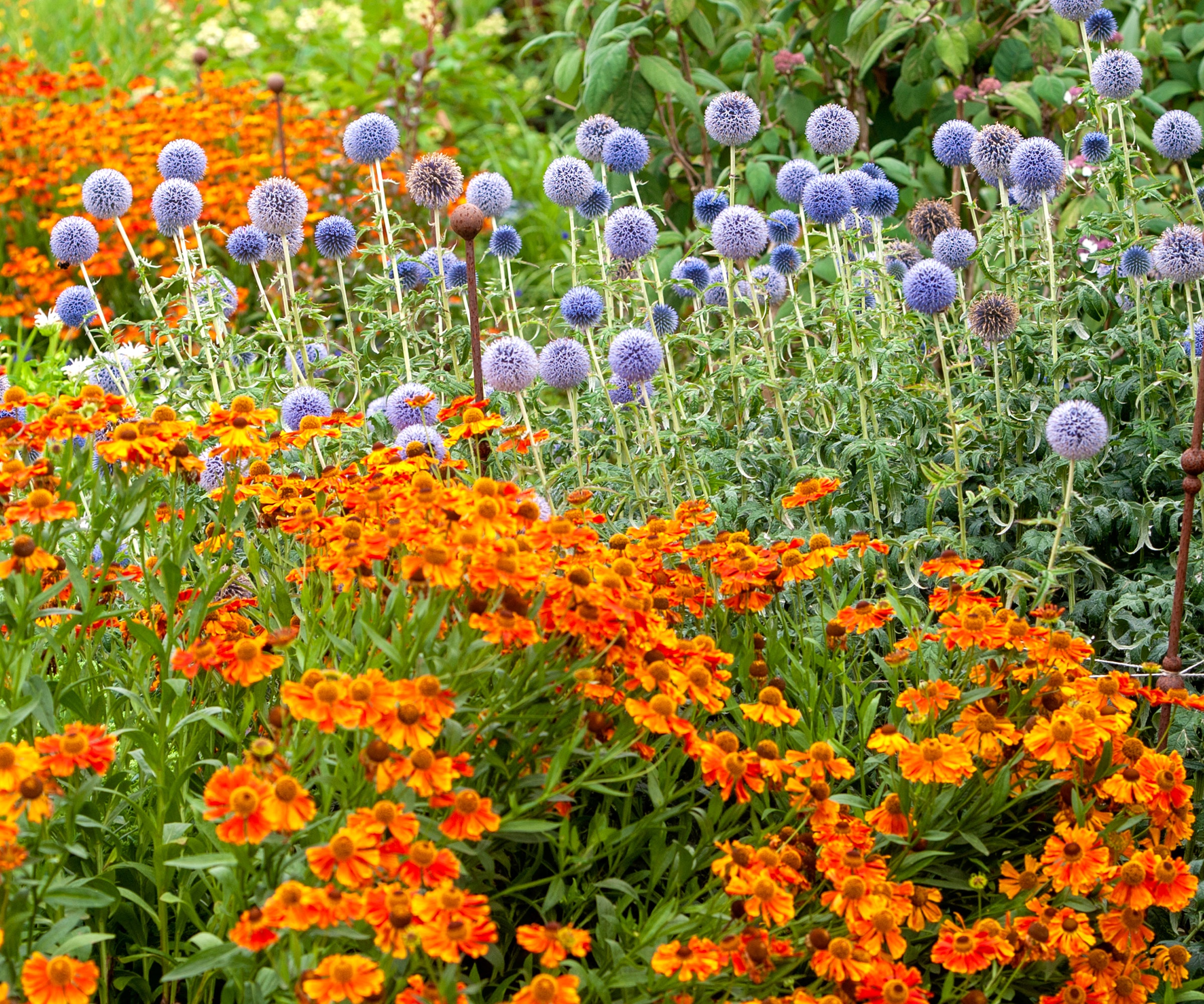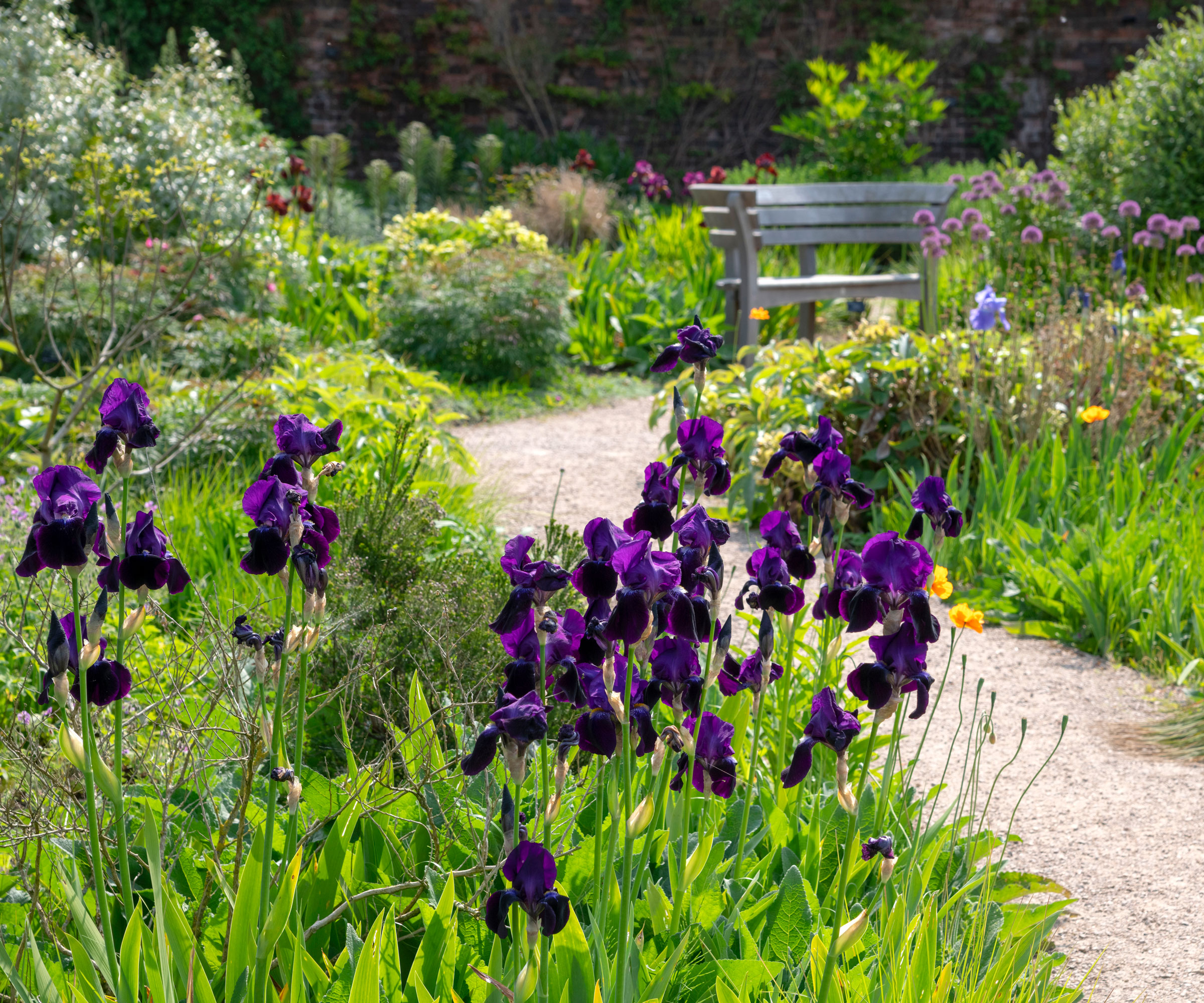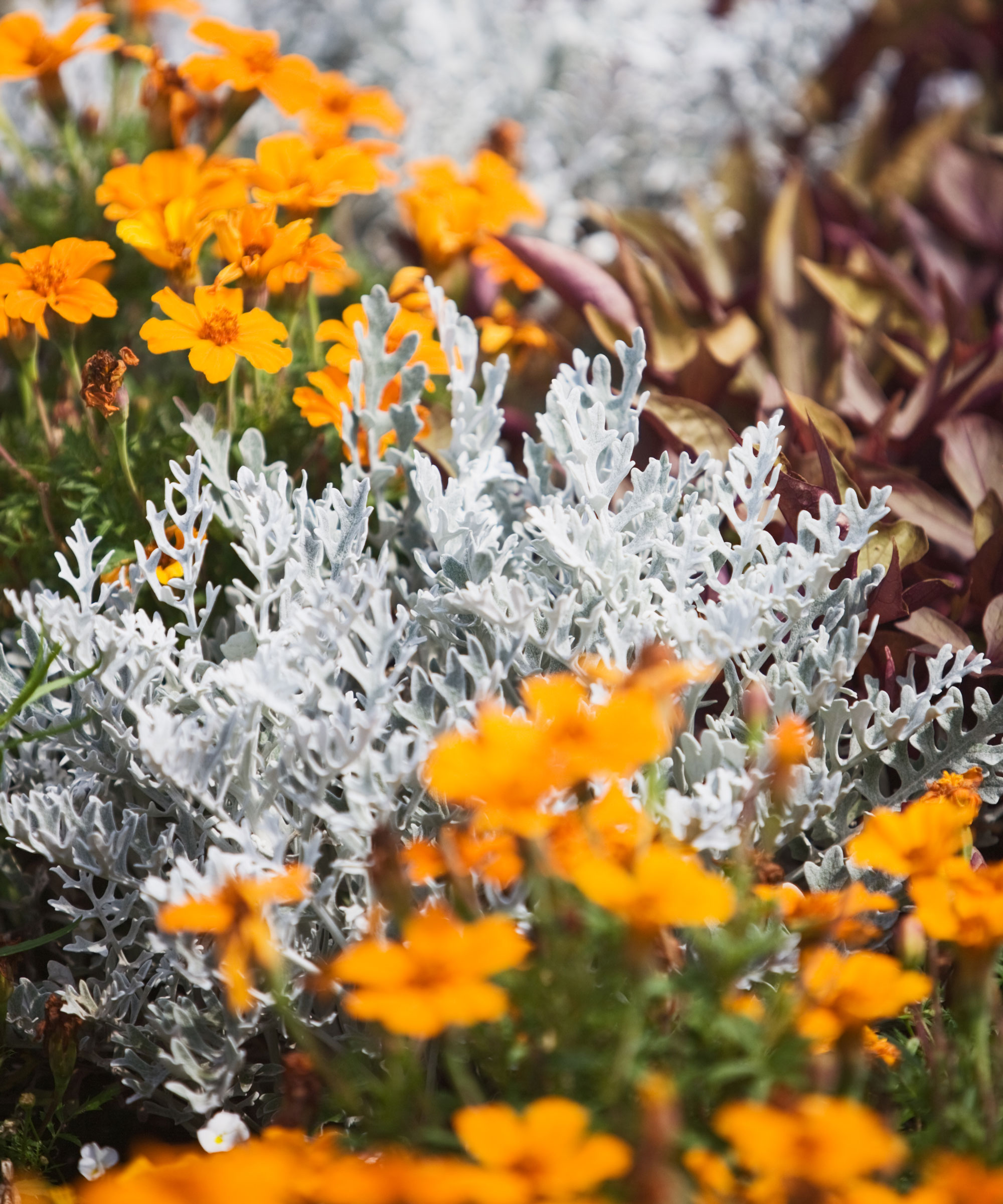Will we go basic with pastels, calming with whites, or daring with a splash of our favourite shade? When gardening with shade, we will usually stress about guidelines, concord, stability and visible integrity. However whereas we do respect shade combos that complement or distinction, there are others that problem our perceptions – both by creating what our eyes detect as a ‘conflict’ or by mischievously throwing up a complicated shade accent (like mixing up cold and warm tones unexpectedly).
All of us need distinctive rising areas with colourful crops that may be the envy of our neighbors. So within the quest for spectacular beds, borders and containers, why play it secure with crops for shade? These sudden plant shade combos will help free your thoughts and encourage you to play with this important facet of gardening. Have enjoyable with sudden shade pairings and weird plant shade combos.
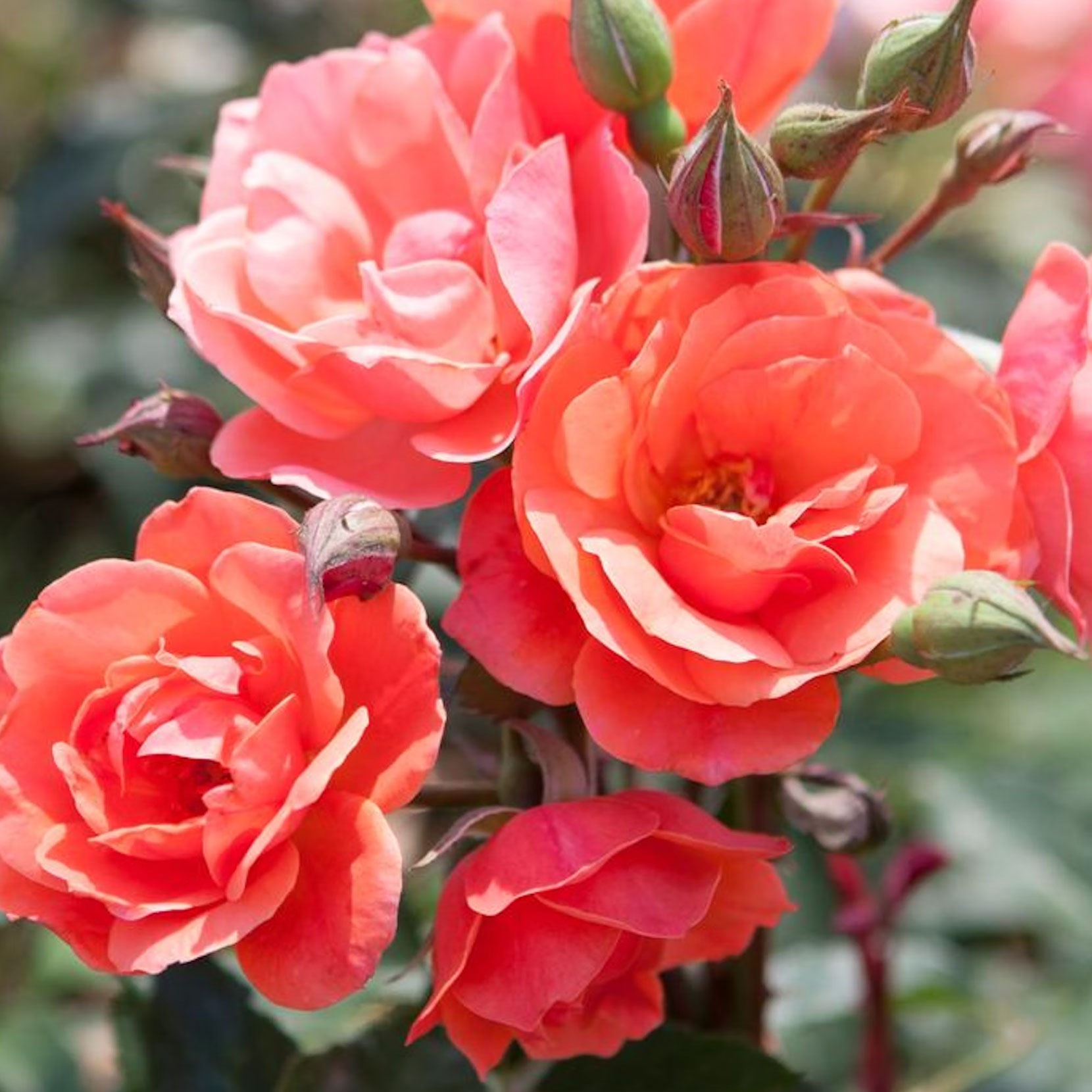
Go Daring With Coloration Combos
Selecting Uncommon Plant Coloration Mixtures
Plant shade combos often play on some facet of stability and counter-balance, primarily based on a ‘shade wheel’ of potential concepts. This can deploy main (crimson, blue, yellow), secondary (purple, inexperienced, orange) and tertiary colours (comparable to pink and indigo), plus the basic neutrals (black, white and grey). With this rudimentary grasp of the colour wheel, it’s potential to rearrange just about any mixture. And relying in your style, temper, ambitions and area, it will often contain mixing complementary or adjoining shade combos.
Visionaries like UK designer Gertrude Jekyll, American shade theorist Faber Birren, and Isaac Newton have all impressed landscaping concepts geared in direction of creating a selected emotional response via shade. Utilizing shade ‘relationships’ means you’ll be able to add one other dimension to theme gardens comparable to cottage fashion – or as the premise for a theme tied to concepts comparable to shade blocking and monochromatic planting. Complementary plantings use colours reverse one another on the colour wheel. Nonetheless, there are different methods of spinning the wheel!
Utilizing clashing schemes, split-complementary schemes and shade accents, you’ll be able to play with adventurous twists on acquainted concepts. Surprising colourful plant combos current a chance to create a component of shock along with your plant selections. After all, you want to maintain the planting fundamentals in thoughts. Ensure your themed shade picks will develop nicely collectively, in collaboration or in succession.
Take into consideration your planting area and any particular plant necessities (and whether or not they’ll coexist fortunately with accomplice crops). The soil will should be amenable to each plant chosen to your shade double act (factoring in soil consistency, soil pH, drainage, and many others). Additionally, your crops will want related cultural necessities relative to mild, heat and shade. Apart from that, the one restrict is your creativeness. So have enjoyable with these uncommon plant combos – be courageous, and luxuriate in!
1. Pink and Gold
(Picture credit score: Kali9 / Getty Pictures)
There’s something unabashedly giddy about this shade pairing. It’s a combo primed for cheer, with delicate shades signifying a romantic streak, while extra intense shades fizz and collide with daring vitality. Dazzling golds and pinks make for an thrilling shade wheel ‘conflict of the Titans’, that includes two colours which can be neither complementary or adjoining.
There are a few methods to ramp up the wow issue with this sudden pairing. First, choose one as a ‘pop’ to interrupt up a block of the opposite shade. Second, match up pink flowers and gold with equally intense saturations for a brave, vibrant shade drenching.
- Pinks: Traditional coneflower ‘Magnus’ (Echinacea purpurea), two-tone pink clematis ‘Rosamunde’, bubblegum tinted astrantia ‘Roma’, fluffy sedum ‘Good’ and Joe Pye weed, velvety rose ‘Gertrude Jekyll’, sizzling pink bleeding coronary heart (dicentra), and multi-pink cosmos ‘Sensation Combine’ from Burpee. Different pink picks with oodles of sorts embrace mophead hydrangeas (H. macrophylla), dianthus, phlox, peony.
- Golds: Sunshine shiny rudbeckia ‘Goldsturm’ and ‘Blackjack Gold’ from the Gardening Know How Store, pompon dahlia ‘Yellow Jill’, fuzzy coreopsis ‘Golden Sphere’, potentilla ‘Goldfinger’, choisya and acid yellow cushion spurge (euphorbia). There are many dazzling sunflowers, like ‘Sunfinity’ and ‘Teddy Bear’ varieties.
2. Blue and Rust
(Picture credit score: Jacky Parker Pictures / Getty Pictures)
Some would possibly argue that the traditional blue and orange pairing is likely one of the most generally accepted and well-liked. Nonetheless, the partnership of a number of blues with rusts, bronzes, coppers and ambers has one elementary rigidity: the mixture of a ‘sizzling’ and ‘chilly’ shade.
Normally, panorama designers advocate for sticking with one or the opposite, so the blue/rust dynamic is intrinsically mismatched within the typical sense. Nonetheless, a rust and blue backyard pairing is a buoyant duo, particularly when you offset periwinkles with rusty sweets, or ceruleans with gingers.
- Blues: Cool delphinium ‘Lock Ness’, cornflower ‘Blue Boy’, delicate gentian, lobelia ‘Laguna Sky Blue’ from Confirmed Winners, morning glory ‘Heavenly Blue’, blue grasses, violet agapanthus ‘Good Blue’, love in a mist ‘Moody Blues’ and borage.
- Rusts: Copper kniphofia ‘Tawny King’, neon flecked geum ‘Completely Tangerine’, marbled helenium ‘Sahin’s Early Flowerer’, daylily ‘Rainbow Rhythm’ from Nature Hills, butterfly weed (Asclepias tuberosa). Beautiful dahlias on this band embrace ‘Cornel Brons’, ‘Bishop of Oxford’ and ‘Valley Rust Bucket’. For extra dazzling rusts and coppers, attempt calendula and marigolds.
3. Purple and Inexperienced
(Picture credit score: Firina / Getty Pictures)
Purple and inexperienced is one other a kind of sudden visible pairings that appears to juxtapose cold and warm, relying on the tones of purple you tilt in direction of. Some purples shift extra in direction of the blue finish, however then some inexperienced flower varieties incorporate a warmer ‘yellow’ aspect.
This combo can be a ‘clashing’ pair on the colour wheel. It’s like an ultra-modern twist on the basic purple and yellow pairing that’s usually heralded as probably the most accessible. It additionally presents visible dynamics with any mixture of pastel and excessive saturation.
- Purples: Fluffy mammoth allium ‘Globemaster’, ranunculus ‘Magnificence Viola’, Coleus ‘Chocolate Mint’ (which incorporates lime inexperienced), chocolatey purple pittosporum ‘Tom Thumb’, heuchera ‘Grape Soda’, plushy viola ‘Huntercombe Purple’. Not forgetting a formidable listing of lavenders, together with ubiquitous English lavender (L. angustifolia) ‘Munstead’, accessible on the Gardening Know How Store.
- Greens: luminescent hellebore ‘Inexperienced Marble’, chrysanthemum ‘Feeling Inexperienced’, ,zingy zinnia ‘Envy’, evocative pastel inexperienced sunflower ‘Solar Fill Inexperienced’ from Burpee, statuesque angelica and aromatic nicotiana. For bigger flowering choices, you’ll be able to’t go mistaken with a panicle hydrangea like ‘Limelight Prime’ from the Gardening Know How Store.
4. Orange and Silver
(Picture credit score: Firina / Getty Pictures)
It’s one other intriguing fusion of cold and warm that creates probably the most sudden plant combos: the silver and orange backyard scheme. Cool, crisp and sometimes fuzzy textured silver crops appear to shimmer towards the density of such a sizzling stable as orange, whether or not it’s a deep wealthy tone or a extra acidic, neon-based orange companion.
Our different uncommon plant combos are two members of the primary shade wheel. With this pairing, we’re mixing a secondary shade with a impartial that doesn’t seem on the wheel. For probably the most enchanting fusions, you should definitely combine up foliage textures in addition to shade clashes.
- Oranges: Californian poppy, begonia ‘Glowing Embers’, vibrant zinnia ‘Benary’s Big Orange’, dahlia ‘Tangerine Gem’ and ‘David Howard’, vivid nasturtium ‘Child Orange’ and ‘Orange Troika’, and juicy coneflower ‘Artisan Comfortable Orange’ which you should purchase from Nature Hills.
- Silvers: Salvia nemorosa ‘Silver Carpet’, fuzzy lamb’s ears (stachys), spiky artemisia ‘Silver Queen’, generously formed senecio ‘Angel’s Wings’, bulbous echinops ‘Arctic Glow’, shimmering eucalyptus ‘Azura’, and enigmatic centaurea ‘Silver Swirl’, that can be purchased from Burpee.
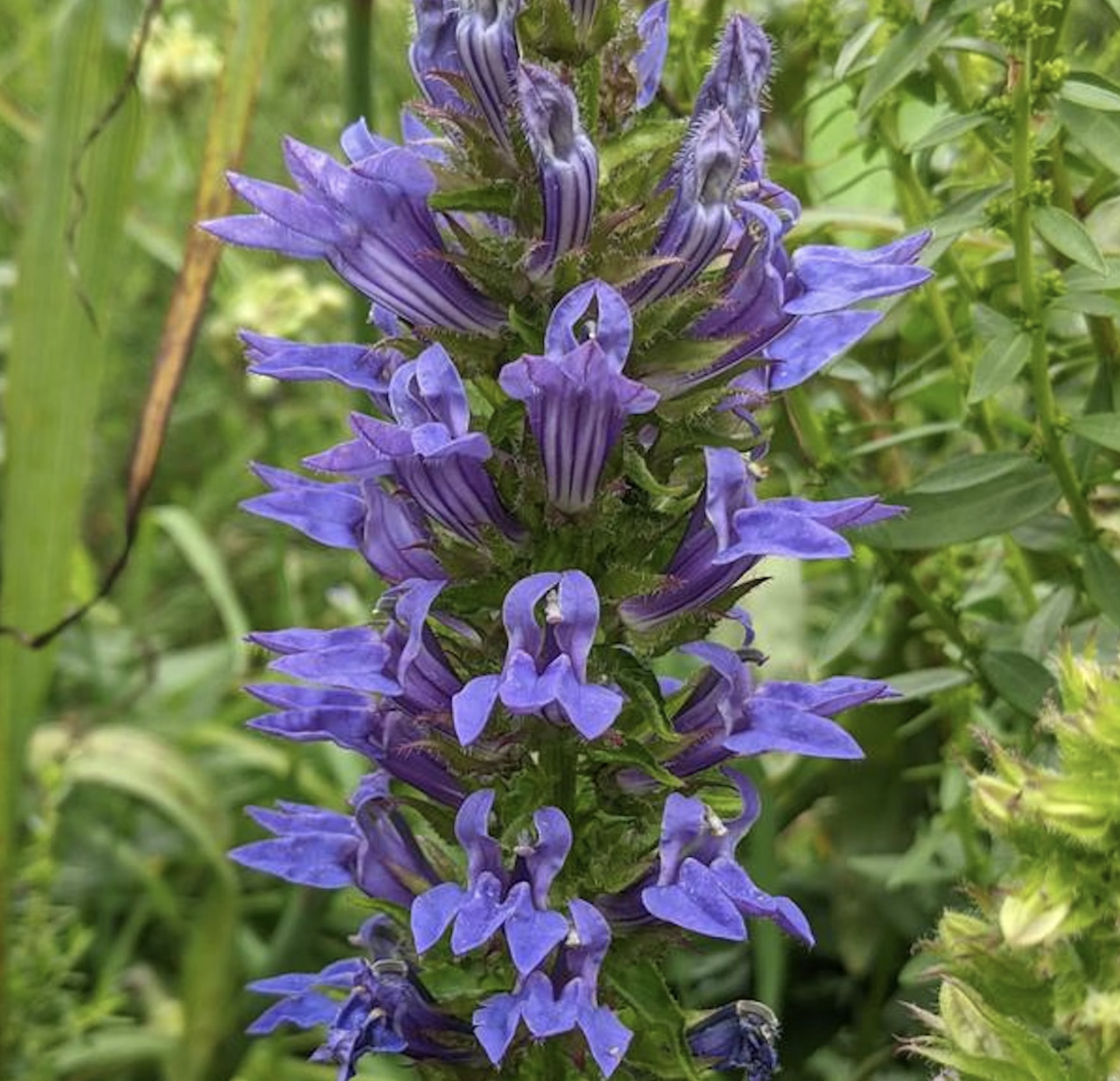
Plant Distinctive Purples And Blues
Often Requested Questions
Which colours must be averted within the backyard?
Equally, we gained’t all fancy filling a backyard area with only one shade, however for some these types of themes are an effective way to unify a yard – so it could be mistaken to be prescriptive. So embrace sudden shade combos you suppose will elevate your area, entertain or intrigue the attention, and permit you the possibility to precise your self.
What are analogous shade pairings in gardening?
Good examples of analogous shade partnerships are crimson and purple, blue and inexperienced, and orange and yellow. One of the crucial well-liked analogous shade partnerships in trendy gardening design is blue and purple, evoking a classy but additionally soothing impact. Mixing and matching blue and purple shrubs, bedding crops, annuals and perennials could make for dazzling shows. Attempt a mixture of aster, cornflower, hardy geranium, lavender, iris, catmint and salvia, and don’t be afraid to incorporate towering blue or purple floral specimens like alliums, agapanthus or globe thistles.
This text options merchandise accessible from third get together distributors on the Gardening Know How Store. Remember the fact that our plant stock is proscribed – so when you’re pondering of buying, don’t wait!

